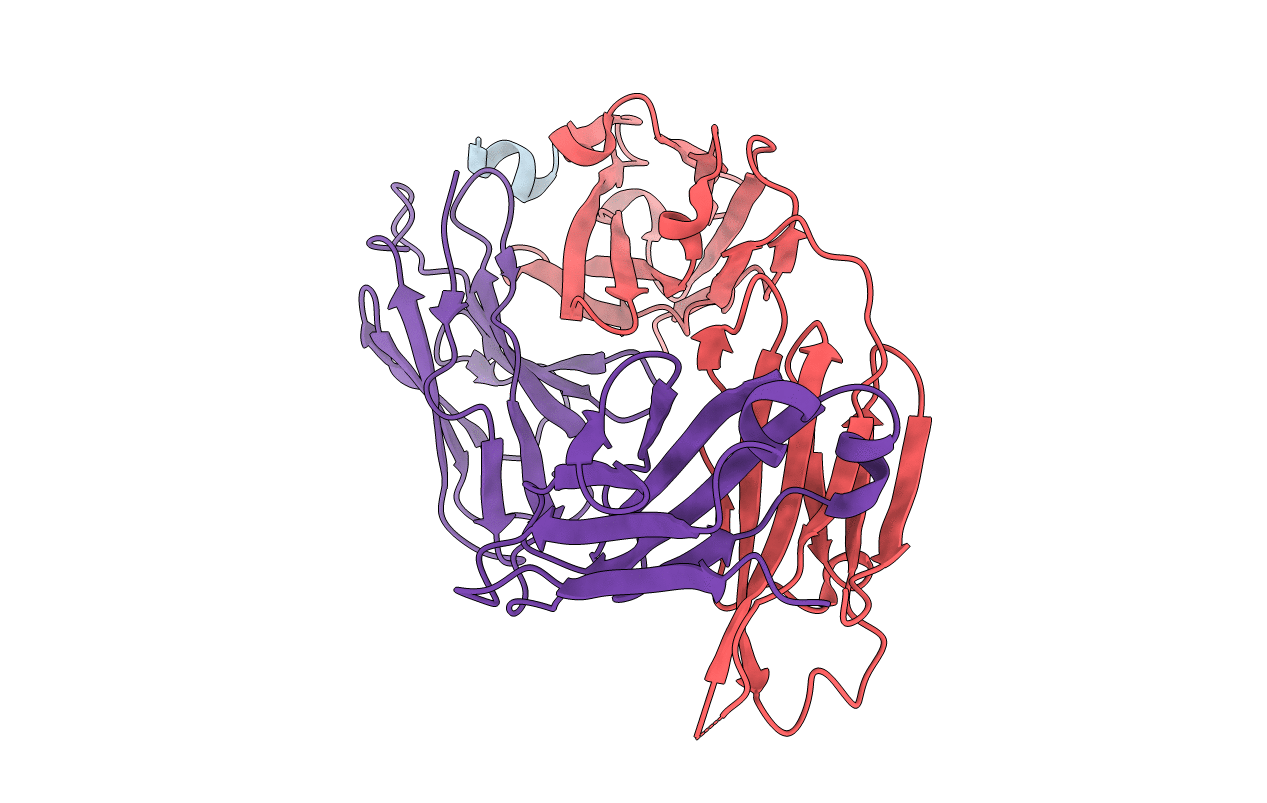
Deposition Date
2014-04-02
Release Date
2014-07-09
Last Version Date
2024-11-27
Entry Detail
PDB ID:
4Q0X
Keywords:
Title:
Crystal structure of non-neutralizing antibody in complex with Epitope II of HCV E2
Biological Source:
Source Organism:
Mus musculus (Taxon ID: 10090)
Hepatitis C virus (Taxon ID: 11103)
Hepatitis C virus (Taxon ID: 11103)
Method Details:
Experimental Method:
Resolution:
2.90 Å
R-Value Free:
0.28
R-Value Work:
0.22
R-Value Observed:
0.22
Space Group:
P 43 2 2


